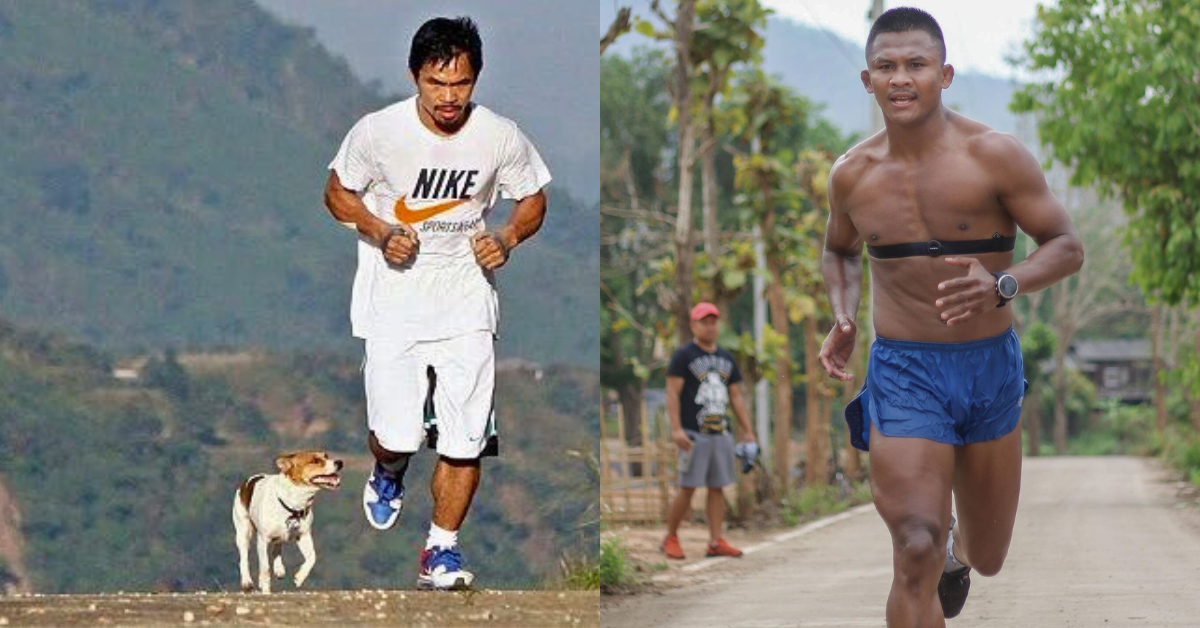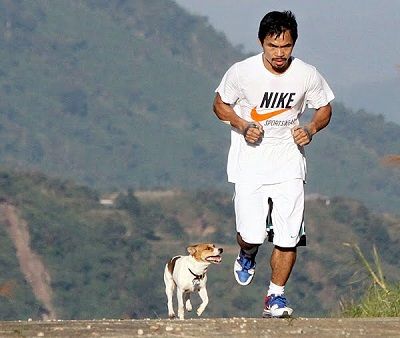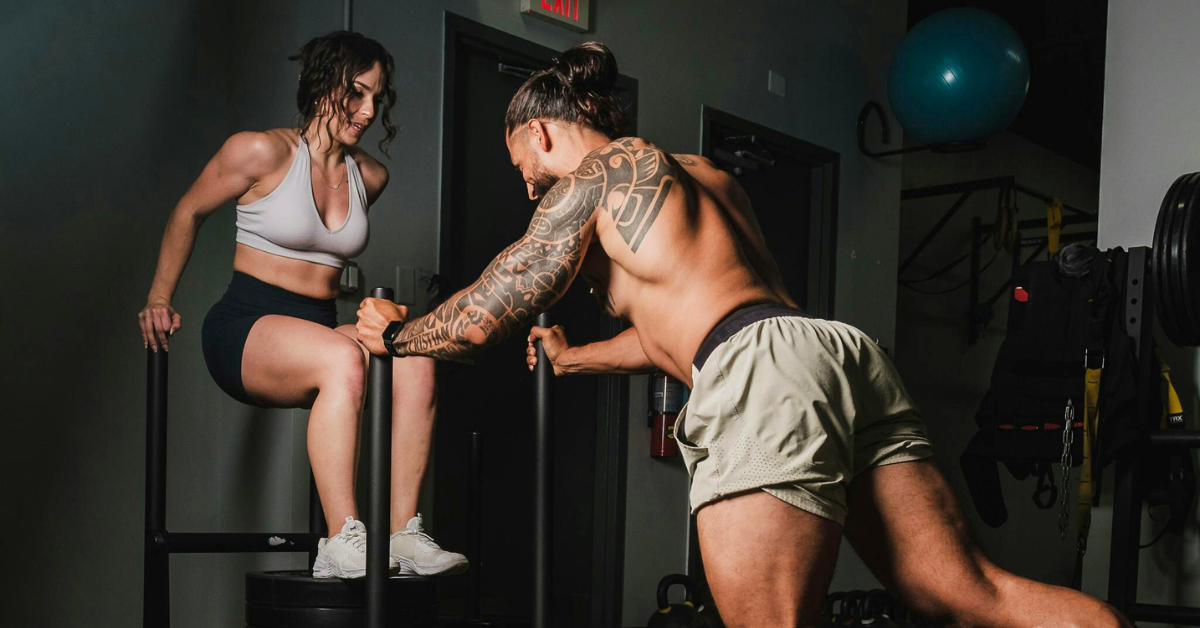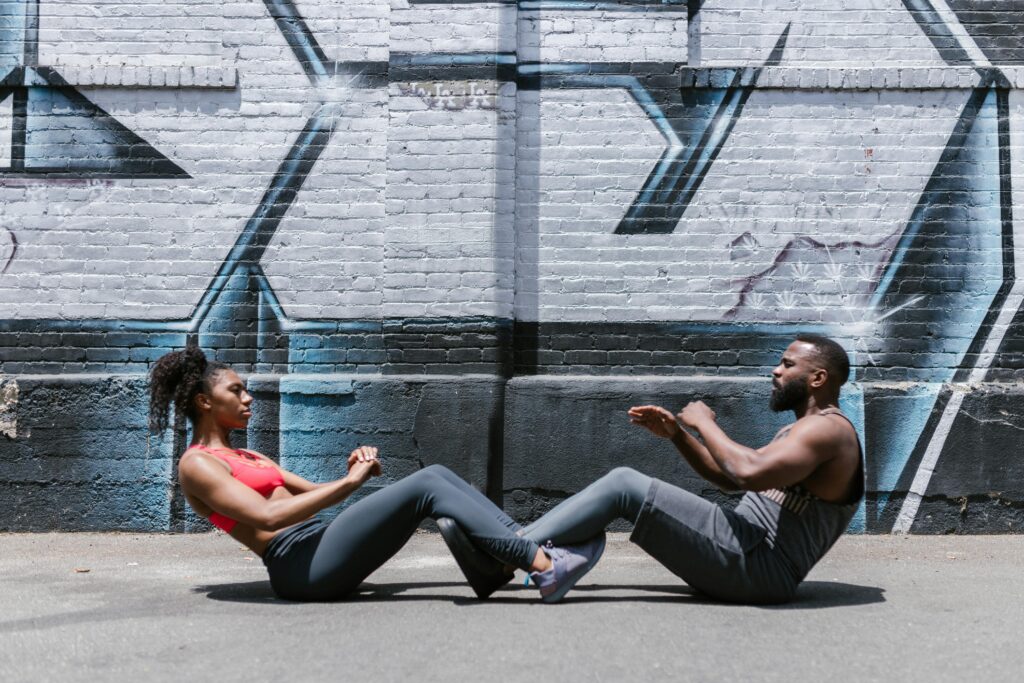
When we’re looking at MMA and Muay Thai training, is running bad for your knees? Whether you’re training for kickboxing, MMA, or Muay Thai, what is the truth of knee health when it comes to jogging? Training partners and coaches often will have conflicting opinions about this, so let’s break it down.
Is Running Bad for Your Knees?
The prevailing myth answering ‘Is Running Bad for Your Knees?’ is that jogging damages joints due to the repetitive impact. Quite often, coaches for MMA, Muay Thai, and kickboxing fighters will teach their students this. However, it’s not true. The bottom line is that jogging is healthy for your knees. As long as it is done correctly, with proper form, then running is a great way to build knee strength.
Build Knee Strength
What does the science say about ‘Is Running Bad for Your Knees?’ Running can help strengthen the muscles around the knee, such as the quadriceps, hamstrings, and calves. Stronger muscles provide better support and stability to the knee joint, reducing the risk of injury.
Regular running has been shown to strengthen the joints. Running stimulates the production of synovial fluid, which lubricates the joints and helps maintain healthy cartilage. Jogging is an effective way for fighters to build cardiovascular endurance. This is crucial in any combat sport.
What about Arthritis?
Studies indicate that running does not necessarily lead to knee arthritis. In fact, recreational runners often have a lower risk of developing knee and hip arthritis compared to sedentary individuals.
Proper Running Form
Proper running form and choosing softer surfaces can mitigate the stress on knees. Overstriding and running on hard surfaces can increase the risk of knee injuries, so it’s important to maintain good form and consider running on trails or grass, which are gentler on the joints.
Overstriding, where your foot lands far ahead of your body, can increase the impact on your knees. Instead, aim to keep your foot strike closer to your body’s center of gravity, which helps in reducing the braking forces and impact on the knees.
One of the most effective techniques is to retrain your running form to land more softly. This involves reducing the impact force when your foot strikes the ground, which can significantly lower the risk of knee injuries. A study found that this technique could reduce knee injury risk by two-thirds.
What about the Injuries?
The most common knee injuries in combat sports athletes come from impact and stress typically caused by wrestling. Also, poor running form can increase the stress on certain parts of the body, leading to injuries. The majority of running injuries are due to overuse, which occurs when the body is subjected to repetitive stress without sufficient rest and recovery. Is Running Bad for Your Knees? Well, if you do it safely with proper rest then no.
Combat Sports Athletes that Use Running
We can talk about this all day, but let’s look at some actual evidence. Who are some fighters who use jogging? Whether it be training for MMA, Muay Thai, Kickboxing, or even boxing. Is Running Bad for Your Knees? Well, none of these fighters think so.
Buakaw Banchamek
Thai-born Buakaw Banchamek has been a force in Muay Thai and kickboxing for his entire life, with a successful career that has spanned twenty years. Buakaw typically wakes up at 6 AM and runs 6 to 10 miles. Then he has another run in the afternoon.
Rodtang Jitmuangnon
Muay Thai prodigy Rodtang Jitmuangnon also swears by daily jogging. It depends but he will run anywhere from 5 to 10 miles every morning before training.
Manny Pacquiao
The pride of the Philippines, Manny Pacquiao is a daily runner as well. The boxer has held titles across multiple decades and is still active to this day in professional and exhibition boxing. Before he hits the gym, he hits the road running 5 to 8 miles per day. Is Running Bad for Your Knees? ‘Pac-Man’ swears by it.

Donald Cerrone
Cowboy’ Donald Cerrone has had a long career in the UFC. While is recently retired, he was a staple of the octagon and even competed as far back as the WEC. While he doesn’t name the exact number, Cerrone swears by long-distance running for his training.

Nick and Nate Diaz
The Diaz brothers have had a long-storied career in MMA spanning back decades. Nate Diaz typically will mix five-mile jogs and trail runs throughout the week. While Nick Diaz likes a 10-mile run. Is Running Bad for Your Knees? Not for the Diaz brothers.
Cardio Alternatives
But listen, I am not going to force you to run, but if you don’t want to, then that’s cool. While running is beneficial, some fighters opt for alternative cardiovascular exercises like cycling or swimming, especially if they have concerns about the impact of running on their joints. These activities can provide similar endurance benefits without the same risk of injury. Is Running Bad for Your Knees? No, but you don’t have to do it if you don’t want to.
 Looking at how to increase testosterone naturally, these are some of the best ways to give you a boost….
Looking at how to increase testosterone naturally, these are some of the best ways to give you a boost….





